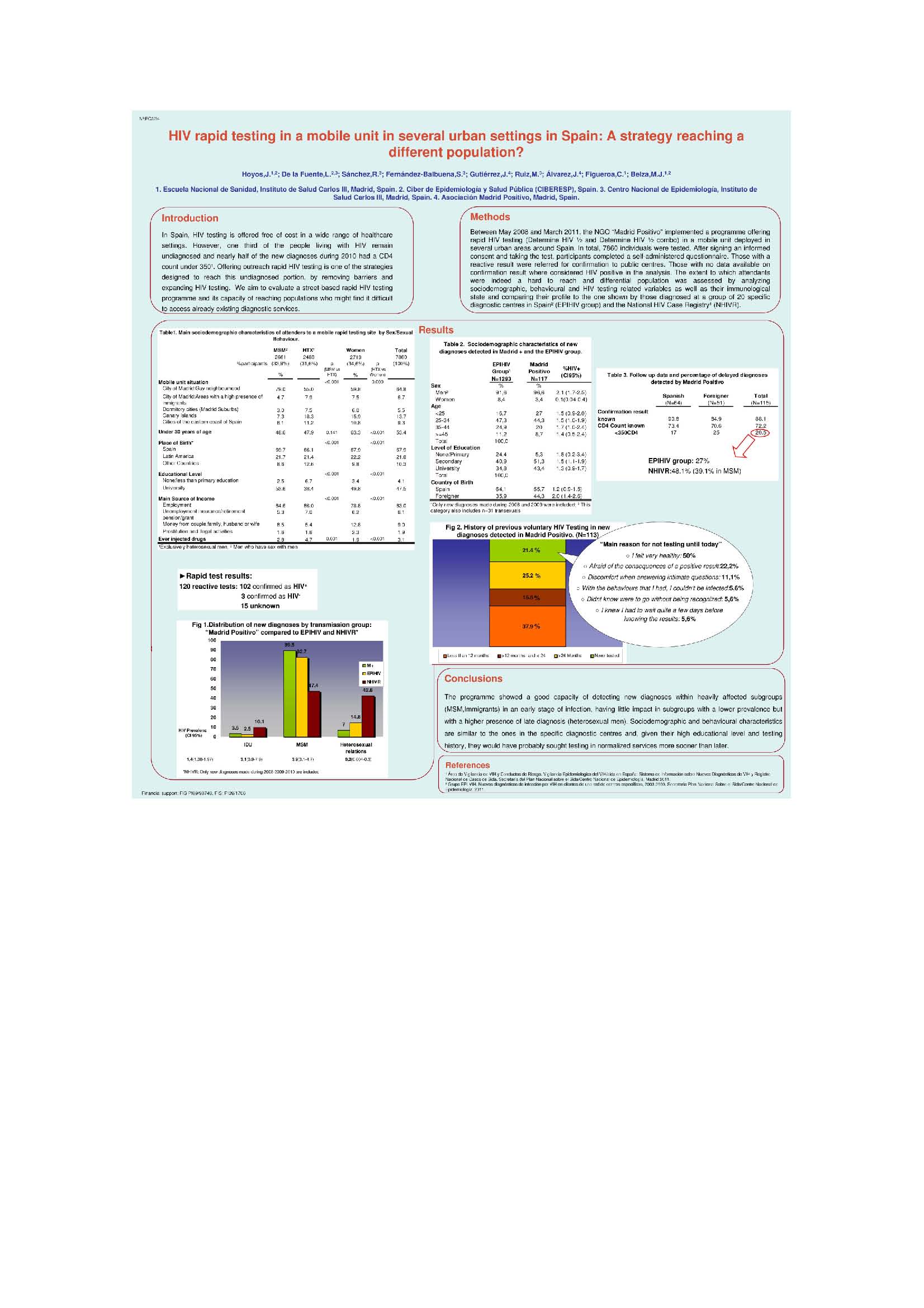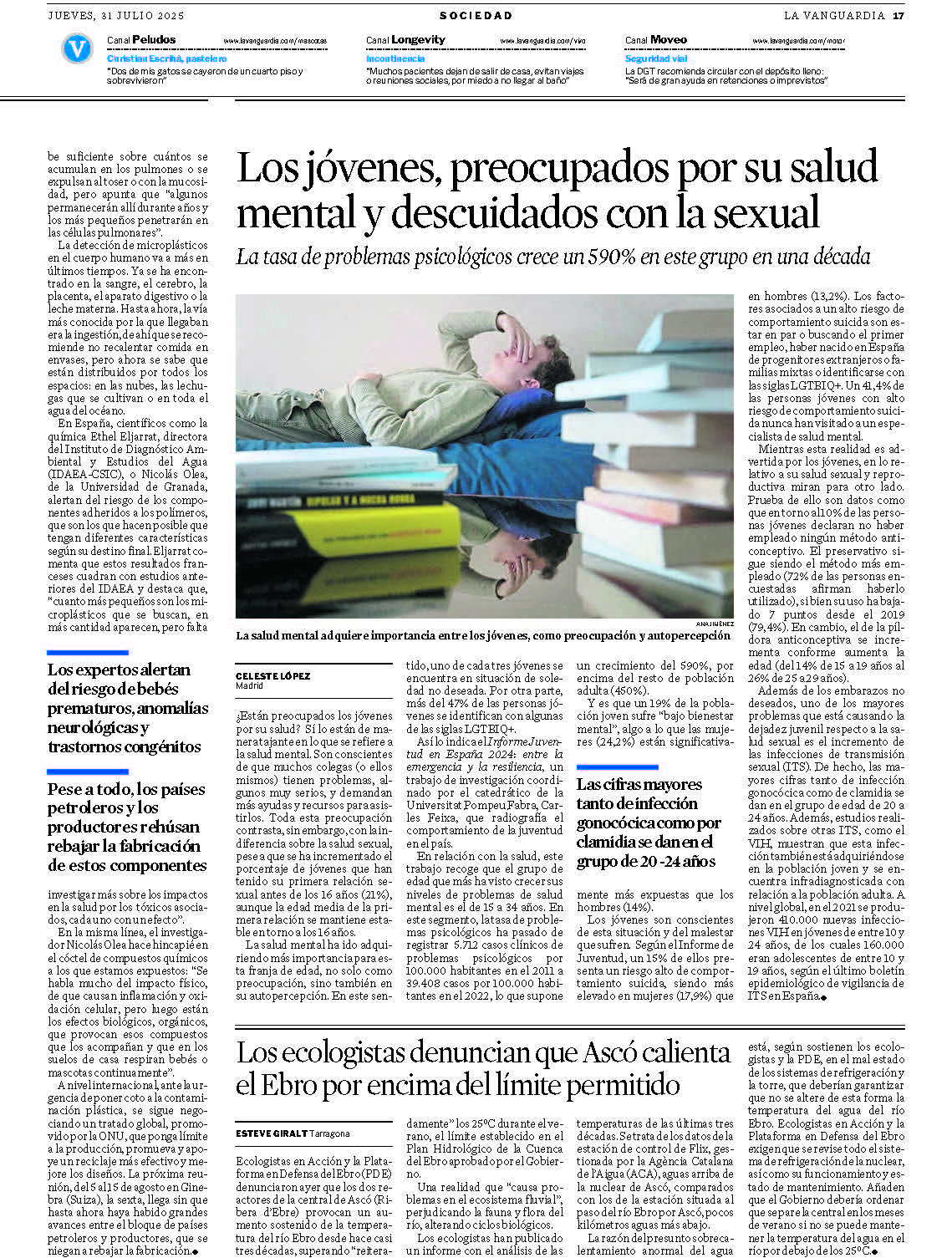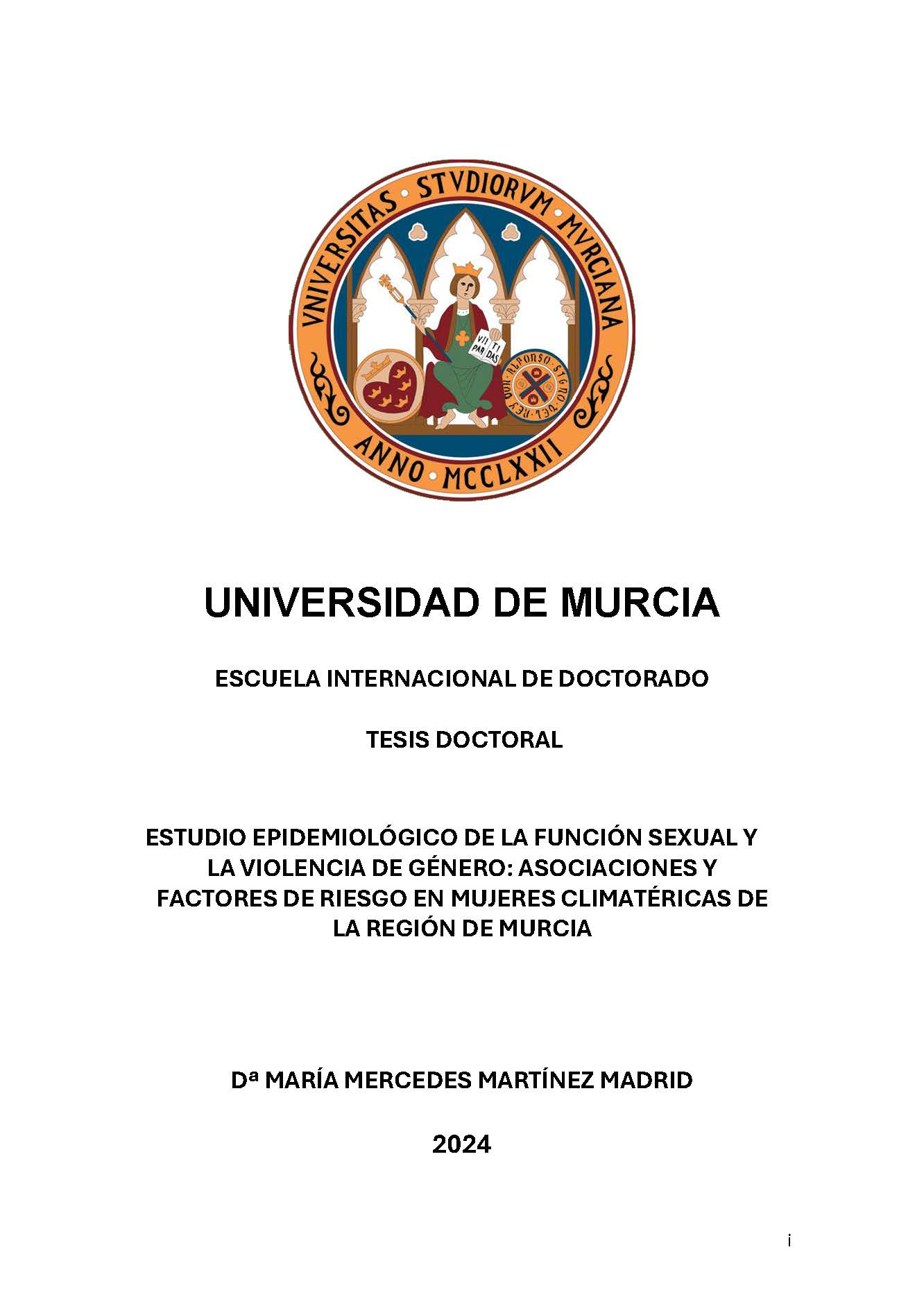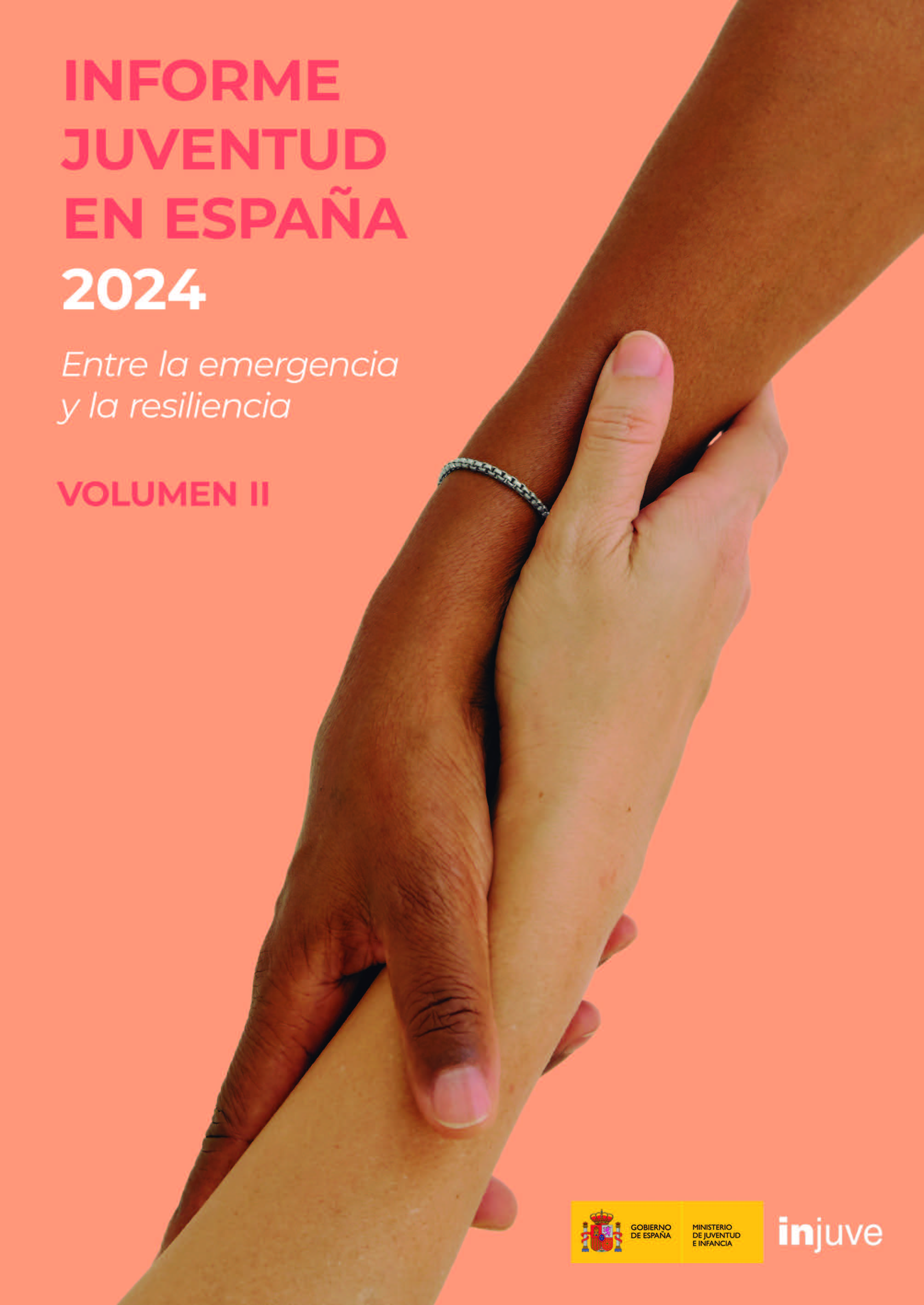Resum
Objective:To evaluate a street-based rapid HIV-testing programme and its capacity of
reaching populations who might find it difficult to access already existing diagnostic services.
Methodology:7860 individuals underwent rapid testing between 2008 and 2011 mainly in the
city of Madrid. After taking the test, participants completed a self-administered questionnaire.
Those with a reactive result were referred to public centres for confirmation. We compared the
profile of the new diagnoses to the one shown at 20 free and anonymous Spanish Genito-urinary
medicine clinics (GUM). Results:Of the 120 reactive tests, confirmatory result is known for 106
of them. Three were false positives. 90,7% of the new diagnoses were MSM (prev=3.9%), 44,3%
immigrants (prev=2.1%) and 43.4% had a university degree (prev=1.3%).CD4 counts were available
for 71.2%, 80.3% had >350CD4.We had a slightly higher presence of immigrants than in GUM’s
(35.9%) a higher educational level and virtually the same percentage of MSM. 80.4% had been
tested previously (48.8% in the previous 12 months). Aspects related to low risk perception were
the main reason given by those with no previous test (55.6%). Conclusion:The programme showed
a good capacity of detecting new diagnoses within heavily affected subgroups (MSM,Immigrants)
in an early stage of infection, having little impact in subgroups with a lower prevalence but with a
higher presence of late diagnosis (Women, heterosexual men). Sociodemographic and behavioural
characteristics are similar to the ones in GUM’s and, given their high educational level and testing
history, they would have probably sought testing in normalized services more sooner than later. (Extraído del "Programme and abstract book " del congreso)






